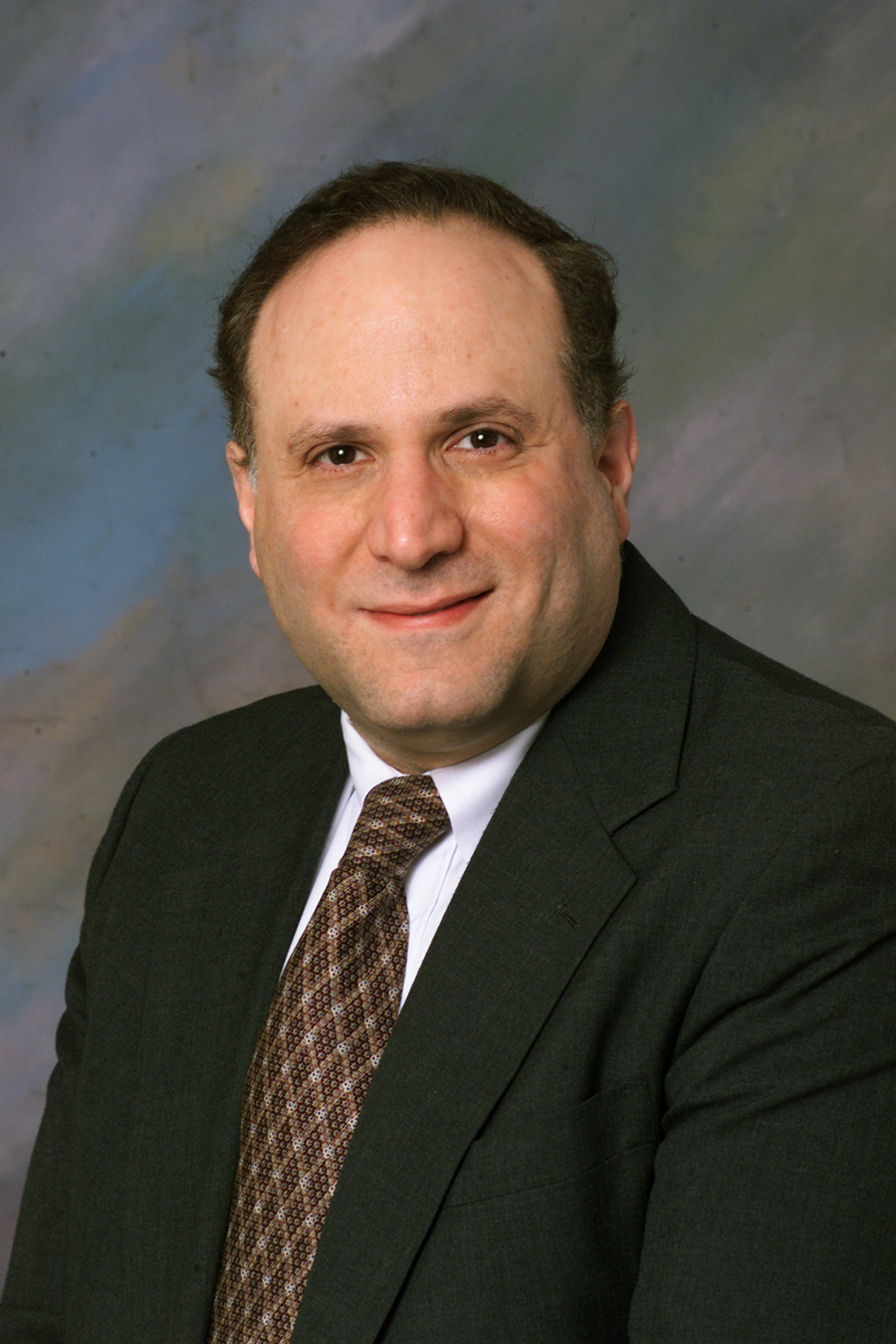Purdue ECE team advances to phase III of IARPA DIVA program

A project led by Purdue ECE Prof. Jeff Siskind has advanced to phase III of the Intelligence Advanced Research Projects Activity (IARPA) Deep Intermodal Video Activity (DIVA) program. IBM is the prime contractor for the effort, and Purdue and MIT are subcontractors.
The IARPA DIVA program was launched in 2018 to help narrow the gap between human visual perception, and a computer’s ability to automatically recognize activities. The IBM-MIT-Purdue team has been funded by the IARPA DIVA program for the past three years. Funding for DIVA is divided into 3 phases, phases I and II each being one and a half years and phase III being a year. Funding for each phase is contingent on competitive evaluations in the previous phase. Only 4 of the original 6 teams continued to phase II. The IBM-MIT-Purdue team was recently notified that it will be awarded phase III.
The total subcontract to Purdue is $2,349,990 over all 3 phases. The phase III portion is $500,000. Siskind is the sole PI on the Purdue subcontract.
The goal of the DIVA program is activity recognition in streaming video. Award of phase III was based on a sequestered data leaderboard (SDL). Teams were required to submit software systems to process over 100 hours of sequestered video. Teams were evaluated by a variety of metrics including the probability of missed detection (Pmiss), false alarm rate (TFA), and processing speed. The program goal for phase II was to achieve a Pmiss of 0.5 or lower at 0.04 TFA with a processing time faster than real time. The Purdue team achieved a Pmiss of 0.46970 at over 6 times faster than real time. Teams were also evaluated on the average Pmiss over TFA between 0 and 0.2. This is called Area Under the DET Curve (AUDC). (Lower Pmiss, TFA, AUDC, and relative processing times are better.) Teams were ranked by AUDC. Purdue was ranked 1, not only achieving a Pmiss of lower than 0.5 and the lowest AUDC of all teams, but also operating much faster than all other teams. Of all teams that met the phase II goal of Pmiss<=0.5, Purdue was 3 times faster than INF, 3.5 times faster than UCF, 5 times faster than VUS, and 7 times faster than UMD+UCF.
Four teams were funded for phase II. One team consisted of University of Maryland (UMD) and University of Central Florida (UCF), which each submitted separate entries to the SDL and also submitted a joint entry. Another team was Carnegie Mellon University submitting under the name INF. Johns Hopkins University submitted under the name CIS_JHU. For the IBM-lead team, IBM submitted their own entry under the name Team_Vision. Purdue submitted alone under the name IBM-MIT-Purdue. Purdue's winning entry contained a model trained by IBM, but otherwise was solely Purdue's effort.
IARPA also opened the competition to teams that were not funded. Several teams entered the competition. OPPO Research Institute, China, submitted under the name VUS, City University of Hong Kong submitted under the name vireoJD-MM. Beijing University of Posts and Telecommunications, Multimedia Communication and Pattern Recognition Lab submitted under the name BUPT-MCPRL. A total of 9 teams competed. Purdue came in first place. In addition to Siskind, grad students Hamad Ahmed, Thomas Ilyevsky, and Jared Johansen worked on the project and developed the winning entry.
The final leaderboard can be found here. (Purdue's lowest AUDC entry was slow. But the rank 2 entry, also beating all other teams in AUDC, is considerably faster. See the All Submissions tab.)
